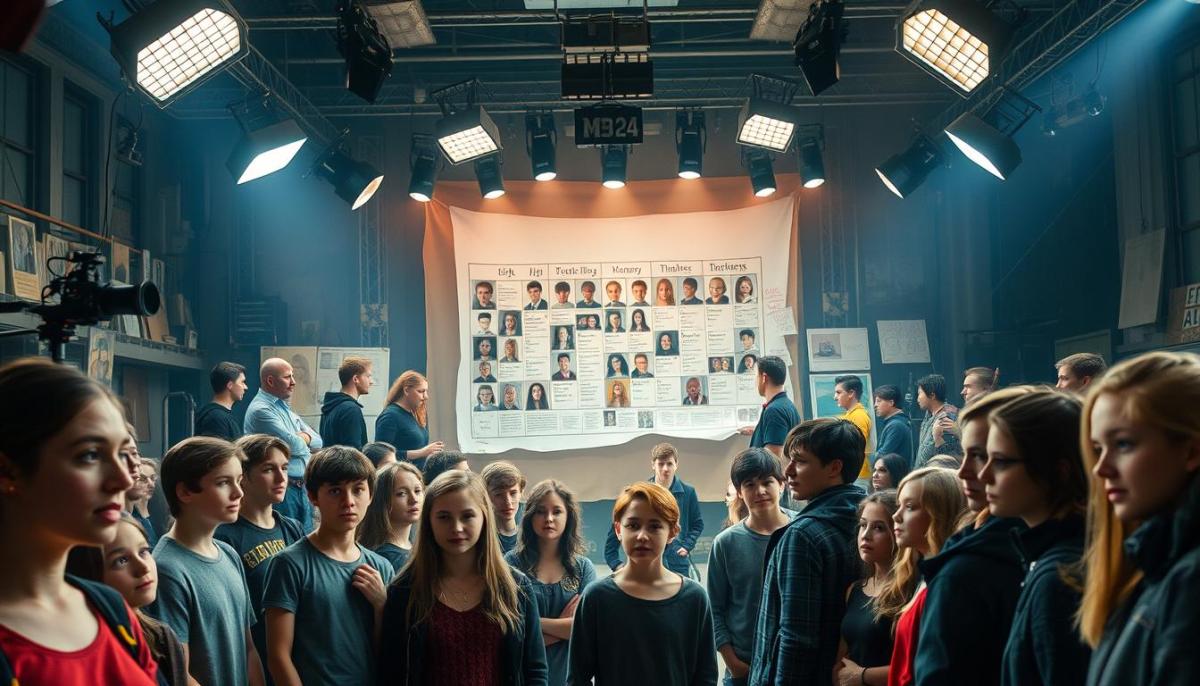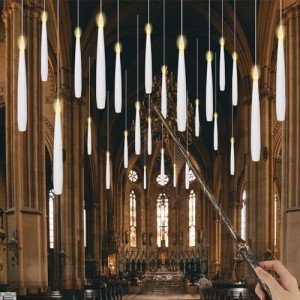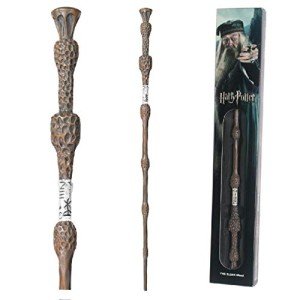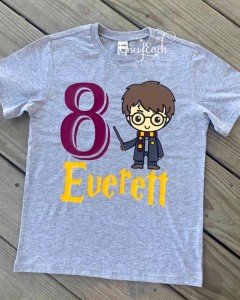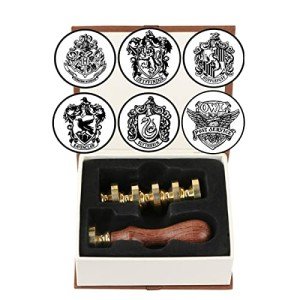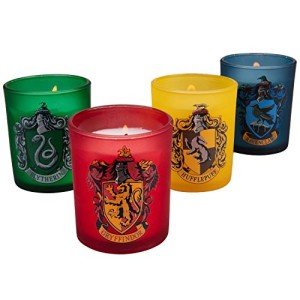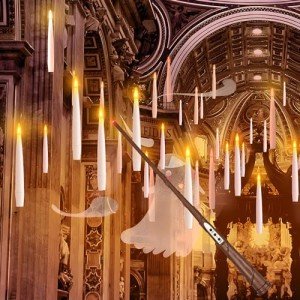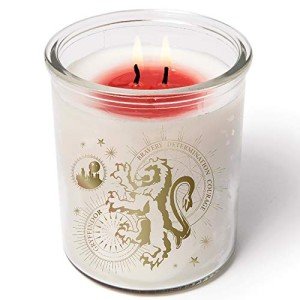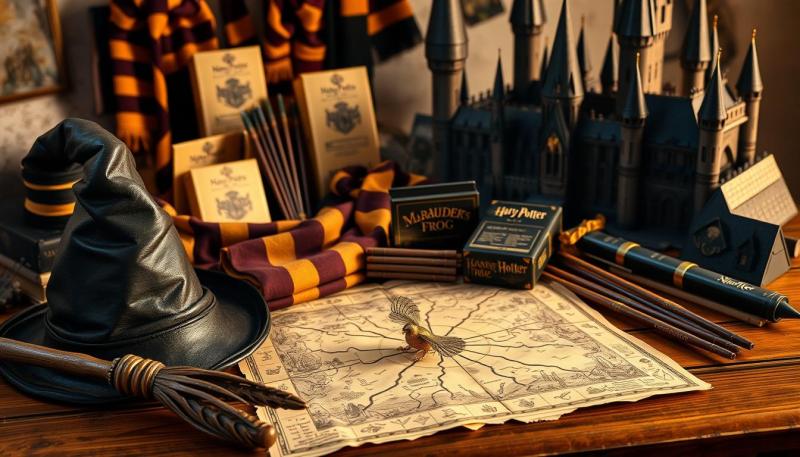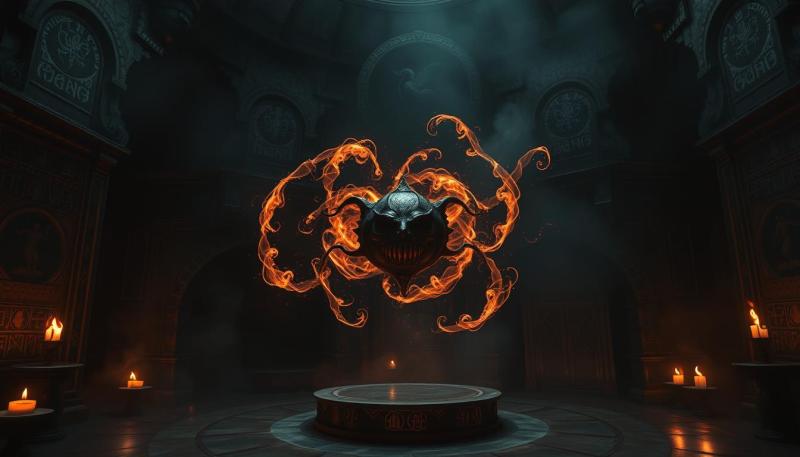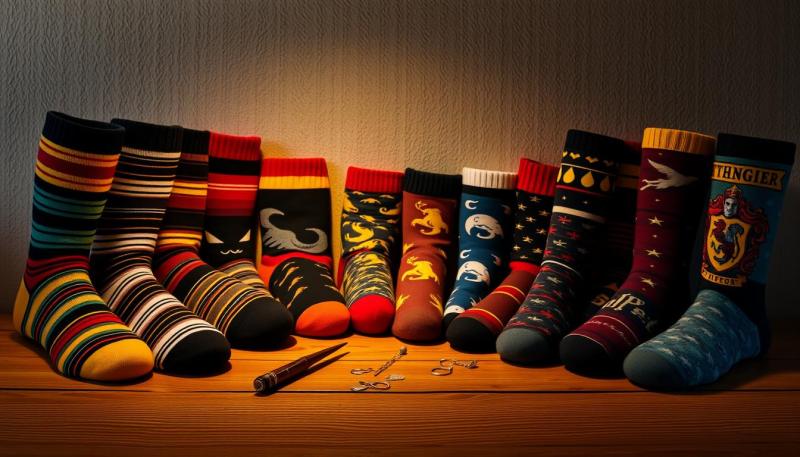Step into a world where magic leaps off the screen and characters feel like lifelong friends. The fourth installment of this beloved film series isn’t just about spells and adventures—it’s a masterclass in storytelling, brought to life by an unforgettable ensemble. From fresh faces to seasoned legends, every actor adds layers to the wizarding universe we’ve grown to adore.
Daniel Radcliffe, Emma Watson, and Rupert Grint anchor the story with their iconic roles, but let’s not overlook the supporting cast. Ralph Fiennes’ chilling portrayal of the Dark Lord or Tom Felton’s nuanced Draco Malfoy remind us why these movies remain timeless. Behind the scenes, director Mike Newell and the crew crafted visual wonders that still leave fans in awe.
What makes this film special? It’s the humanity beneath the magic. Each performer breathes life into their character, whether it’s Robert Pattinson’s brief but memorable role or the steadfast camaraderie of the core trio. Even now, rewatching their journeys feels like reuniting with old friends.
Ready to rediscover what makes these movies so enchanting? Let’s explore how this extraordinary cast and crew turned pages into pure cinematic wonder.
Key Takeaways
- The fourth film’s ensemble blends rising stars with veteran actors for a rich storytelling experience
- Daniel Radcliffe and Emma Watson evolved their roles while maintaining character authenticity
- Director Mike Newell’s vision expanded the series’ visual and emotional depth
- Supporting actors like Ralph Fiennes added crucial complexity to the story’s antagonists
- Behind-the-scenes collaboration shaped the movie’s lasting cultural impact
- Understanding the film order enhances appreciation for character development arcs
Overview of Harry Potter and the Goblet of Fire
Imagine a tournament where dragons roar and mermaids whisper secrets—this is the heart of the fourth cinematic journey. Released on November 18, 2005, Goblet of Fire plunged fans into a darker, more complex chapter. While earlier films focused on childhood wonder, this installment asked: What happens when magic meets mortal danger?
Magical Floating Candles with Wand Remote Timer
Create an enchanting atmosphere in your home with these floating candles and a convenient wand remote timer
Product information
$47.99 $44.99
Product Review Score
4.81 out of 5 stars
99 reviewsProduct links
Plot Highlights and Key Moments
The Triwizard Tournament takes center stage, pitting three schools against deadly tasks. But when the goblet fire unexpectedly names a fourth champion, Harry’s year becomes a fight for survival. From underwater labyrinths to a chilling graveyard confrontation, the film balances spectacle with raw emotion.
Remember the gasp-worthy twist? The Yule Ball scene isn’t just about dancing—it’s where friendships strain and first crumbles blossom. These human moments ground the fantasy, making the stakes feel personal.
Production and Box Office Success
Director Mike Newell brought fresh energy after Alfonso Cuarón’s Prisoner of Azkaban. His team crafted larger-than-life sets, like the 40-foot-tall dragon arena. The effort paid off: the film earned $897.5 million globally, becoming 2005’s second-highest grosser.
| Film | Release Year | Box Office | Notable Achievement |
|---|---|---|---|
| Goblet of Fire | 2005 | $897.5M | Most VFX shots in series (1,700+) |
| Prisoner of Azkaban | 2004 | $796.7M | Style shift to darker tone |
What makes this entry stand out? It’s where the series matured—both in storytelling and technical ambition. The maze’s shifting hedges and Voldemort’s rebirth scene remain visual triumphs, proving magic isn’t just in wands… it’s in the details.
Meet the Main Wizards and Witches
What makes a story unforgettable? Often, it’s the people who inhabit it. The fourth film thrives because every character—whether center-stage or quietly shaping events—feels utterly real. Let’s unpack the magic behind these roles.
Harry, Ron & Hermione: The Core Trio
Radcliffe, Grint, and Watson didn’t just play friends—they grew up together on set. Watch their scenes, and you’ll spot unscripted moments, like Ron’s sarcastic eye-rolls or Hermione’s impatient foot-taps. Rupert Grint once admitted he’d sneak sweets into prop sandwiches, adding authenticity to Ron’s snack-loving persona.
Emma Watson’s portrayal evolved too. Her fiery “wand hair” speech during the Yule Ball arguments? Pure improvisation. Meanwhile, Daniel Radcliffe mastered balancing vulnerability with courage—notice how his voice cracks during emotional scenes but steadies when protecting others.
Supporting Characters and Their Impact
Great stories need more than heroes. Take Mad-Eye Moody, played by Brendan Gleeson. His twitchy mannerisms and mismatched eyes kept viewers guessing—was he paranoid or prophetic? Then there’s Alan Rickman’s Snape, whose silky voice could chill a room. Fun fact: Rickman based Snape’s gait on a swooping bat!
Even smaller roles shine. Maggie Smith’s McGonagall subtly softens her stern demeanor when cheering for Gryffindor. And let’s not forget Cedric Diggory—Robert Pattinson’s earnest performance made his fate sting deeper. These actors didn’t just fill roles; they gave the wizarding world its heartbeat.
Spotlight on harry potter cast 4
Ever wonder how a group of actors becomes as iconic as the characters they play? The fourth film’s ensemble didn’t just deliver lines—they lived them. Director Mike Newell prioritized chemistry over perfection, encouraging improvisation during rehearsals. This approach birthed unforgettable moments, like Rupert Grint’s ad-libbed “bloody hell” reactions that fans still quote today.
Casting wizards wasn’t easy. Newell sought actors who could balance whimsy with growing maturity. Robert Pattinson’s pre-audition jitters almost cost him Cedric Diggory’s role—until he channeled raw vulnerability in his final take. Meanwhile, Ralph Fiennes’ transformation into Voldemort required four hours of daily prosthetics, yet he still nailed every menacing whisper.
| Actor | Role | Key Scene | Behind-the-Scenes Fact |
|---|---|---|---|
| Emma Watson | Hermione | Yule Ball Argument | Kept a character notebook with 50+ personality notes |
| Daniel Radcliffe | Harry | Graveyard Duel | Practiced wand movements nightly for consistency |
| Brendan Gleeson | Mad-Eye Moody | First Defense Class | Designed the limp using his grandfather’s walk |
What makes this cast crew stand out? They grew together. Daniel Radcliffe’s midnight duel rehearsals built trust, while Emma Watson’s notebook entries revealed Hermione’s hidden insecurities. These weren’t just performances—they were shared adventures.
You can almost feel the energy in those film sets. When Newell surprised actors with unscripted challenges (like a real maze collapse during filming), their genuine reactions made the movies feel authentic. That’s magic no spell can replicate.
Unforgettable Villains and Iconic Characters
What chills your spine more than a villain who feels real? The fourth film’s antagonists aren’t just obstacles—they’re mirrors reflecting our deepest fears. Their layered motivations and haunting performances elevate the story beyond simple good-versus-evil tropes.
Lord Voldemort and His Dark Army
Ralph Fiennes’ Voldemort redefined screen villainy. He studied snake movements to perfect that bone-chilling glide, whispering lines like “I want to see the light leave your eyes” with clinical precision. Critics praised how he made evil feel terrifyingly human—a far cry from cartoonish bad guys.
His followers matched his menace. Jason Isaacs’ Lucius Malfoy oozed aristocratic cruelty, while Helena Bonham Carter’s Bellatrix blended madness with deadly charm. “She’s not insane—she’s devoted,” Carter explained during filming.
Dumbledore Wand in Windowed Box - Harry Potter
Bring a piece of magic into your home with this beautifully designed Dumbledore wand, perfect for collectors and fans alike
Product information
$43.39
Product Review Score
4.72 out of 5 stars
222 reviewsProduct links
Severus Snape and the Complexity of Evil
Alan Rickman’s Snape remains a masterclass in ambiguity. That voice—like velvet dipped in poison—hid a heart fractured by loss. Rickman famously kept Snape’s secrets close, even from fellow cast members, to preserve his character’s mystery.
“After all this time?”
“Always.”
This iconic Deathly Hallows exchange, though from later films, roots itself in Rickman’s layered groundwork here. You never knew: protector or predator?
Other Memorable Antagonists
Brendan Gleeson’s Mad-Eye Moody kept audiences guessing—was he mentor or manipulator? His paranoid twitches and sudden intensity made every scene crackle. Then there’s Gary Oldman’s Sirius Black, straddling the line between ally and outcast.
| Character | Actor | Defining Trait |
|---|---|---|
| Voldemort | Ralph Fiennes | Chilling precision |
| Snape | Alan Rickman | Veiled loyalty |
| Bellatrix | Helena Bonham Carter | Unhinged devotion |
Timothy Spall’s Wormtail perfected cowardly betrayal—his whimpering voice still haunts fans. As The Guardian noted: “These villains don’t just move the plot—they burrow into your psyche.” That’s why, decades later, their shadows linger.
Behind the Scenes: Cast and Crew Insights
Ever wondered how a director’s touch turns pages into cinematic gold? The fourth film thrived because visionaries like Mike Newell blended meticulous planning with creative spontaneity. Fresh from directing Mona Lisa Smile, Newell pushed boundaries—he insisted on practical effects for the underwater scenes, even building a 30-foot tank to capture actors’ genuine reactions.
Director Mike Newell and the Visionaries
Newell’s secret weapon? Trust. Unlike previous entries, he encouraged cast crew to improvise during tense moments. The Yule Ball’s awkward dance rehearsals? Mostly unscripted. He also fought to keep the story’s darker edges while preserving humor—like having Rupert Grint accidentally spill pumpkin juice during serious takes to lighten moods.
Producers, Writers, and Their Contributions
Producer David Heyman championed loyalty to J.K. Rowling’s vision. When adapting the book’s complex plot, screenwriter Steve Kloves condensed subplots without losing emotional beats. Their teamwork shines in the maze sequence—a mix of rotating sets and CGI that took 12 weeks to film.
Fun fact: The crew hid tiny snitches in background props as inside jokes. These details remind us—magic isn’t just onscreen. It’s in the hands that build it.
A Glimpse of Production: Crafting the Magic
Have you ever walked through a forest and imagined it transforming into a magical arena? That’s exactly what the crew achieved when bringing Goblet of Fire to life. From the labyrinthine halls of Hogwarts to the eerie depths of the Black Lake, every location became a character in itself.

Filming Locations and Set Construction
Leavesden Studios buzzed with activity as builders constructed the Triwizard Tournament’s massive sets. The dragon arena alone required 40 tons of steel—enough to build three double-decker buses! But the real magic happened outdoors. Ivinghoe Beacon’s rugged landscape doubled as the Quidditch World Cup site, where crews buried 500 tents overnight to create that “wizards-only” campsite vibe.
One challenge? Weather. During the Yule Ball’s outdoor scenes, sudden rain turned the set into a mudslide. “We had dancers slipping in dress robes for three days,” laughed a crew member. Yet those unplanned moments added authenticity—you can almost hear the squelch of dress shoes in the final cut.
Innovative Techniques in Filming and Effects
How do you make underwater magic look real? Build a 30-foot-deep tank with hidden air pockets for actors. Daniel Radcliffe trained for weeks to film the Black Lake sequence, while divers operated mechanical grindylows just out of frame. The result? A scene that feels like sinking into another world.
Practical effects ruled the maze too. Rotating hedge walls were operated by 50 crew members pulling ropes—no CGI needed for that disorienting thrill. As the production designer noted: “When actors react to real moving obstacles, you see genuine fear. That’s gold for storytelling.”
From painted backdrops that mimaked Scottish Highlands to the enchanted ceiling of the Great Hall (actually thousands of fiber-optic lights), every detail whispered: This is where magic lives. And honestly? We’re still listening.
The Magic of Special Effects and Cinematography
How do you make audiences believe in underwater castles and fire-breathing dragons? The answer lies in revolutionary visual effects that blurred reality and fantasy. For Goblet of Fire, artists crafted 1,700+ VFX shots—a series record—using techniques that still influence fantasy filmmaking today.
Groundbreaking Visual Effects
Remember the Hungarian Horntail chase? Animators combined CGI with practical explosions to create its scorching breath. Each flame required 48 layers of digital rendering. But the real magic happened underwater. Actors performed in a 30-foot tank while CGI grindylows snapped at their feet—a mix of puppetry and post-production wizardry.
The maze sequence pushed boundaries too. Instead of green screens, crews built rotating hedge walls operated by hidden hydraulics. This practical approach let actors react authentically to shifting obstacles. As the VFX supervisor noted: “Real movement creates real tension—you can’t fake that disorientation.”
| Effect | Technique | Impact |
|---|---|---|
| Underwater Scenes | Hybrid CGI/practical | BAFTA nomination |
| Dragon Animation | Motion-capture + pyrotechnics | VES Award winner |
| IMAX Conversion | High-resolution rescanning | Enhanced audience immersion |
When released in IMAX, the movie became one of the first fantasy films optimized for giant screens. Cinematographer Roger Pratt used wide-angle lenses to make Hogwarts feel towering—a trick later adopted in Fantastic Beasts. Critics praised how every frame felt “painterly yet pulse-pounding,” earning Saturn Award nods for Best Effects.
These innovations didn’t just dazzle eyes—they pulled viewers deeper into the wizarding world. From the Triwizard Cup’s eerie glow to Voldemort’s snake-like movements, each detail whispered: Magic is real here. And honestly? We’re still under its spell.
Wizard Character Birthday Tee/Bodysuit
Celebrate your little one's special day in magical style with this adorable Wizard Character Birthday Tee or Bodysuit
Product information
$19.00
Product Review Score
4.7 out of 5 stars
52 reviewsProduct links
Costume and Set Design: Bringing Characters to Life
Ever wondered how fabric and paint become storytelling tools? The fourth film transformed J.K. Rowling’s words into tangible magic through Stuart Craig’s architectural genius and Jany Temime’s sartorial wizardry. Their work didn’t just decorate scenes—it whispered secrets about every witch and wizard.
Where Thread Meets Theme
Temime’s costumes were personality manifestos. Hermione’s periwinkle Yule Ball gown? Hand-embroidered with 300 crystals to mirror her hidden elegance. Contrast this with Mad-Eye Moody’s patched cloak—each tear mapped to fictional battles. “Clothes reveal what dialogue can’t,” Temime told Vanity Fair. Even Voldemort’s bone-white skin tone took 12 custom pigment mixes to achieve.
Craig’s sets grounded fantasy in reality. The Triwizard arena blended Gothic arches with Viking ship motifs—a nod to the goblet fire’s ancient origins. He sourced real 14th-century stone textures for Hogwarts’ walls, making magic feel historical rather than invented.
Details That Defined Eras
Three design elements that elevated the film:
- The Black Lake’s merfolk village used recycled glass sculptures to create underwater shimmer
- Dragon challenge armor incorporated real medieval blacksmith techniques
- Great Hall banners changed thread colors based on each house’s competition standing
Fun fact: Daniel Radcliffe’s burnt dragon robe required fireproof silk that cost more than his first acting paycheck! These artisans didn’t just build worlds—they made them breathe.
Iconic Scenes and Memorable Moments
What separates great films from cultural phenomena? Moments that etch themselves into collective memory. The fourth installment delivers these in spades—sequences where visual grandeur collides with raw human emotion, creating milestones fans still dissect decades later.

The Triwizard Tournament Challenges
Remember clutching your seat as dragons unfurled their wings? The tournament’s first task remains a masterclass in tension. Radcliffe’s performance here shines—watch how his eyes dart between the nesting Horntail and golden egg. You feel every heartbeat through the screen.
Then came the Black Lake dive. Production designer Stuart Craig built underwater sets so realistic, actors reported feeling genuine panic. The merfolk village’s eerie glow? Achieved through 2,000 submerged LED lights—a technical marvel that won Variety’s praise for “submerging audiences in wonder.”
The Yule Ball and Other Magical Events
Who could forget the ball’s bittersweet magic? Watson’s Hermione transforms before our eyes—her periwinkle gown symbolizing teenage awakening. The awkward dance rehearsals weren’t scripted; Newell encouraged genuine embarrassment to capture adolescence’s cringe-worthy beauty.
Behind the glittering surface lay subtle character work. Notice how Tom Felton’s Draco smirks during Ron’s robe mishap—a tiny moment showcasing pure malice. These scenes became cultural touchstones, inspiring TikTok dance trends and Deathly Hallows callback scenes years later.
| Scene | Technical Achievement | Emotional Impact |
|---|---|---|
| Graveyard duel | First full CGI Voldemort | Defining villain origin |
| Maze climax | Rotating practical sets | Heart-pounding isolation |
| Post-task hospital | Single-take acting | Friendship tested |
Why do these moments endure? They balance spectacle with intimacy. When Harry returns clutching Cedric’s body, the silence speaks louder than spells. It’s not just fantasy—it’s humanity dressed in robes, reminding us why stories matter.
Evolution from Book to Big Screen
Translating a beloved book to film is like walking a tightrope—balance is everything. For Goblet of Fire, filmmakers faced a daunting task: condensing a 734-page novel into a 2.5-hour movie without losing its soul. Screenwriter Steve Kloves trimmed subplots like house-elf activism but kept emotional anchors, such as Harry’s grief after Cedric’s death. Director Mike Newell added darker textures, pushing the series toward maturity while preserving Rowling’s core themes.
Adapting J.K. Rowling's Vision
Rowling famously demanded script approval, ensuring key details stayed intact. Kloves focused on character dynamics—like Hermione’s jealousy toward Viktor Krum—to mirror the book’s coming-of-age struggles. Newell’s boldest move? Cutting Peeves the poltergeist to streamline pacing. Fans debated this, but critics praised how the film deepened relationships between Harry, Ron, and Hermione.
Changes and Creative Decisions
Some shifts sparked controversy. The maze’s psychological terror became more action-driven, and Dumbledore’s calm demeanor (thanks to Michael Gambon) contrasted with the book’s fiery outbursts. Yet these choices highlighted themes of loyalty and sacrifice central to later entries like Deathly Hallows.
- Visualizing the Pensieve: Silver-toned flashbacks replaced book descriptions
- Streamlining subplots (e.g., Ludo Bagman’s betting schemes)
- Amplifying Voldemort’s rebirth scene for cinematic impact
Despite tweaks, the heart remained. As one fan forum noted: “They didn’t just adapt the story—they bottled its magic.”
Fan Favorites: Listicle of Must-See Characters and Moments
What makes a movie moment stick in your mind years later? It’s that perfect blend of acting, storytelling, and pure magic—something the fourth film delivers in spades. Let’s dive into the scenes and performances fans still obsess over!
Hogwarts Magic Seal Stamp Set with 6 Seals
Create your own magical letters and extend the Hogwarts experience with this enchanting seal stamp set
Product information
$29.98
Product Review Score
4.55 out of 5 stars
169 reviewsProduct links
Top Character Transformations
Watching actors evolve their roles is half the fun. Emma Watson’s Hermione shifted from bookish teen to confident leader—her Yule Ball glow-up remains iconic. Meanwhile, Ralph Fiennes’ Voldemort became the definitive screen villain with just 33 minutes of screen time!
| Character | Actor | Transformation Highlight |
|---|---|---|
| Mad-Eye Moody | Brendan Gleeson | Invented 7 distinct facial tics |
| Cedric Diggory | Robert Pattinson | Added nervous lip-biting to auditions |
| Draco Malfoy | Tom Felton | Perfected sarcastic eyebrow raises |
Behind the Magic: Fun Facts
Did you know the underwater scenes used real eels as grindylow stand-ins? Or that Daniel Radcliffe practiced wand moves between takes? The Triwizard Cup weighed 22 pounds—actors had to lift it like it was light as air!
Unforgettable Performances
Alan Rickman’s delivery of “Turn to page 394” became a classroom meme. Maggie Smith’s McGonagall secretly mouthed other actors’ lines off-camera to stay in character. These subtle choices made the film feel alive.
What’s your favorite moment? The dragon chase? The maze’s whispering hedges? Share which scenes still give you goosebumps!
Conclusion
When the credits roll on Harry Potter and the Goblet of Fire, what lingers isn’t just spectacle—it’s the heart behind the magic. Every frame pulses with collaboration: Mike Newell’s daring vision, Emma Watson’s fiery determination, and a crew that built underwater kingdoms from scratch. This film didn’t just adapt a book—it redefined fantasy storytelling.
From dragon battles to whispered secrets in the maze, the movie balances thrills with raw emotion. Behind-the-scenes gems—like actors improvising iconic lines or designers hand-stitching 300 crystals onto a gown—show why these movies endure. They’re labors of love, not just blockbusters.
Looking back, it’s clear how this chapter shaped later entries like Deathly Hallows. The stakes grew higher, the characters deeper. Yet rewatching feels like slipping into a worn leather jacket—comfortable, thrilling, and full of hidden pockets to explore.
What’s your standout memory? The chill of Voldemort’s rebirth? Ron’s awkward dance moves? Grab some popcorn, revisit the magic, and let yourself marvel again. After all, great stories don’t end—they wait for us to rediscover them.
FAQ
Who joined the Harry Potter cast in Goblet of Fire?
A: Robert Pattinson debuted as Cedric Diggory, while Brendan Gleeson played Mad-Eye Moody. Ralph Fiennes also joined as Lord Voldemort, marking his first appearance in the series.
How did director Mike Newell shape the film’s tone?
Newell emphasized darker themes while balancing humor, like the Yule Ball’s awkward charm. His focus on character dynamics deepened relationships, especially between Harry, Ron, and Hermione.
What made the Triwizard Tournament scenes groundbreaking?
The underwater challenge and dragon battle used innovative CGI blended with practical effects. These scenes required Daniel Radcliffe to perform daring stunts, elevating the film’s visual intensity.
Were there major changes from the book to the movie?
Subplots like Dobby’s role were cut for pacing, but key moments—like Voldemort’s rebirth—stayed faithful. Screenwriter Steve Kloves condensed J.K. Rowling’s complex narrative without losing its magical essence.
How did costumes reflect character growth in Goblet of Fire?
Designer Jany Temime evolved robes to mirror maturity—Hermione’s pink Yule Ball dress symbolized confidence, while Harry’s casual outfits highlighted his relatability amid rising stakes.
What behind-the-scenes trivia stands out from this film?
The hedge maze scene took weeks to film using real plants and fog machines. Additionally, Alan Rickman (Snape) ad-libbed lines, adding depth to his enigmatic performance.
